INTRODUCTION
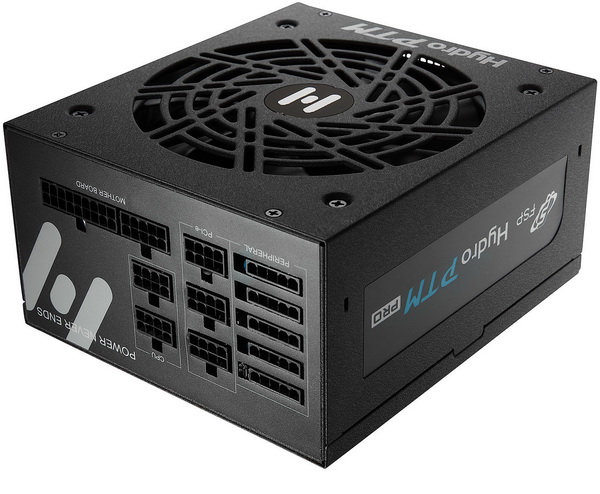
Whenever i happen to talk about power supply units with people i know, most of them attribute the use of higher wattage models to crypto miners and even though that's true in large degree they are clearly not aimed at just them. Now granted, most people with a single graphics card (regardless of model) and a power hungry CPU will probably never get to see system power consumption that surpasses 600W even at max load (not unless they are seriously into overclocking) so purely from a power requirement standpoint for them even a 700-800W model would be more than just sufficient. Still, high power output is not the only thing that high-wattage models offer, superior build quality (always compared to lower wattage models) is also a very significant aspect of such units and at least for me that matters even more. The Hydro PTM PRO 1200W power supply unit by FSP is a model I’ve been wanting to check for well over a year now and finally it landed in the office/lab.
Founded in 1993, FSP is one of the leading suppliers of power supply products in the world. FSP Group (3015: Taiwan) meets various user demands in power supplies with its’ 400-person strong R&D team, robust production capacity, and comprehensive production lines. FSP offers more than 500 models certified with the 80 PLUS standards and is the leader in 80 PLUS certifications. FSP enables users to enjoy eco-friendly technologies by providing environment friendly, high quality, power supply products to business and consumers. Learn more about FSP Group: www.fsp-group.com
The Hydro PTM line of power supply units by FSP currently includes 600/700/800/1000/1200W models all of which are fully modular and are 80 Plus Platinum efficiency certified (over 92% electrical efficiency). The Hydro PTM PRO 1200W model which I’ll be testing today can offer up to 1200W of continuous power (1338W peak) and features a single powerful +12V rail (100A) capable of delivering the units entire power output (1200W), active PFC, advanced stability and voltage regulation (thanks to its LLC full bridge topology with DC-to-DC technology), 100% Japanese capacitors, fan ECO mode with 0dBA function (reduced power consumption and noise at low loads), interior conformal coating (dust, humidity and stain protection) and support for the ATX v2.52 (a new ATX v3.0 version was just announced) and EPS12V v2.92 standards. The Hydro PTM PRO 1200W also comes ready with a total of 8 PCIe 6+2 power cables (enough for 2-3 graphics cards), 3 CPU 4+4 power cables and sports several electrical protections including OVP (over-voltage), UVP (under-voltage), SCP (short-circuit), OPP (over-power), OCP (over-current) and OTP (over-temperature). Finally, FSP is offering a very generous 10-year limited warranty for their entire Hydro PTM PRO line of power supply units.
SPECIFICATIONS AND FEATURES

PACKAGING AND CONTENTS
As usual the front of the box is taken by a large product picture, the company logo and several of the main product features.
The electrical table along with two graphs showcasing noise levels and efficiency are placed at the base of the box.
At the top FSP has printed the available modular power cables.
On the left side we find the power cord selection and an empty spot for where distributors place their stickers.
A second large picture located at the rear of the box is used to showcase the various features of the Hydro PTM PRO 1200W model.
The unit is placed inside two pieces of black foam whereas the modular cables are placed inside a soft cloth pouch.
Along with the Hydro PTM PRO 1200W inside the box you'll also find the power cable, modular power cables with their storage pouch, 4 mounting screws, 4 side stickers and the user guide.
THE HYDRO PTM PRO 1200W EXTERIOR
FSP has used low-profile slim modular cables for increased airflow levels and easier routing behind the motherboard tray.
Measuring 190mm in length, 150mm in width and 86mm in height the Hydro PTM PRO 1200W is a rather large size model.
The 135mm FDB (fluid dynamic bearing) fan is located underneath a grille with the line logo at the center.
On both sides of the enclosure FSP has placed stickers which you can replace with the bundled ones if they match your taste better.
Turning the unit over we find a sticker with its electrical table on it.
The 13 modular connectors located at the front of the enclosure are both tagged and different in shape.
Moving at the rear we find the usual honeycomb perforation along with the eco and power on/off switches and the power port.
THE HYDRO PTM PRO 1200W INTERIOR
The 135mm FDB fan is manufactured by PROTECHNIC ELECTRIC and can reach a maximum rotational speed of up to 2300RPM to produce up to 115.8 CFM of airflow with 40.8 dBA of noise.
In terms of interior FSP has done a good job keeping things clean (there's also a special heatsink present for the 12V switching circuit).
Primary capacitors are manufactured by the Japanese Toshin Kogyo and are certified for use up to 105 degrees Celsius.
Secondary capacitors are also manufactured by Japanese companies and more specifically Rubycon and Nippon Chemi-Con (these are also certified for use up to 105 degrees Celsius).
TEST BED
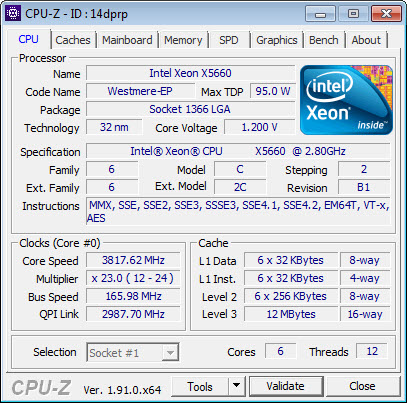

TESTING METHODOLOGY
Using a dedicated measurement instrument such as a Chroma or a SunMoon to test power supply units is without doubt the most ideal and accurate way (not to mention the fastest) to do that currently. However, it's certainly not the only way there is and so pretty much anyone can test a power supply unit just by using a test rig. Certainly, limitations do apply and so you can't really push a 1000W power supply to its limits if your system only uses 500W at peak loads and that's why over the years we saved certain hardware components for the purpose of building a dedicated PSU test rig. True it may not be as accurate as the above mentioned solutions but it comes really close and is in fact much closer to real world usage. So as always, we ran several games with maximum graphic options enabled at a resolution of 2560x1600 in order to stress every hardware component and increase the overall power demands of the system. The Passmark BurnIn Test was also used to overstress the components in an effort to provide the most accurate results possible. As a final test we also used the latest OCCT 4.4 software and its dedicated PSU testing suite since it can really bring a power supply to its knees after inside a few minutes.
Rail stability was checked/measured with the CPUID Hardware monitor and a Metex multimeter which also recorded the system load in idle and in load. As always try to remember that the power consumption numbers listed in the graph are the highest (Peak) ones recorded during the entire duration of the tests and not the average ones. Noise levels coming from the fan were recorded using the high precision HD600 ExTech Sound dBA Meter from the rear of the unit and at a range of no more than 5-10cm. Readings under load are recorded the exact moment we manually switch the fans of all graphics cards from full speed to almost zero, that way the fan of the power supply does not have enough time to slow its RPM and so by doing this we get very accurate noise level readings. Needless to say, in order to get 100% accurate readings, you need to have a noise isolated room for that exact purpose, something which is quite impossible unless you are working inside a real lab (some people use very small noise insulated boxes but due to their size both heat and noise exceed normal levels and so the results can't really be considered to be 100% accurate, nor realistic for that matter). Also do take into account that since all noise measurements take place from just 5-10cm away the final noise levels to reach your ears will be considerably less.
* After well over 10 years of testing PSUs the Intel Core i7-920 CPU of this rig failed and was replaced it with a Xeon X5660 (also swapped the GA-X58A-UD7 for the G1. Assassin).
TEST RESULTS



CONCLUSION
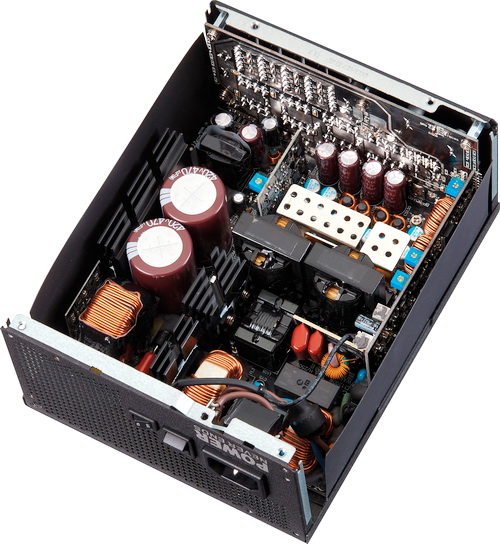
As expected from one of the well-established PSU manufacturers around (both in terms of retail and OEM) the Hydro PTM PRO 1200W by FSP performed very well across the board. Rail stability was very good, the ECO fan mode works as advertised (not enabled during my tests however) and in terms of build quality I have zero complaints (almost excellent). The 100A +12V rail is also something we don’t see a lot, even by some higher-wattage models. Unfortunately, as you can easily tell from my charts the 135mm fluid dynamic bearing fan by PROTECHNIC ELECTRIC was somewhat loud at load during my tests and since I wasn’t able to surpass 1100W in power draw I expect it’s even louder at 100% (still, I seriously doubt anyone would be using this unit at 100%).
At the time of my review the Hydro PTM PRO 1200W power supply unit by FSP retails for USD256.87 inside the USA (Amazon.com) and for 250.65Euros inside the EU (Amazon.de) a price tag which is more or less what I was expecting from such a unit. There’s not much else I can say about the Hydro PTM PRO 1200W, performance is solid (and very good at that), build quality is set at excellent levels and in terms of available connectors and total power output there’s not much more one could hope for and that’s why I give it the Platinum Award.

PROS
- Build Quality (Server Grade / Japanese Capacitors)
- Solid Rail Stability
- 80 Plus Platinum Certified
- Single Powerful 12V Rail (100A)
- Fully Modular
- Electrical Protections
- Peak Output (1338W)
- ECO / Zero Fan Mode
- 10 Year Limited Warranty
CONS
- Noise Levels

 O-Sense
O-Sense

.jpg)



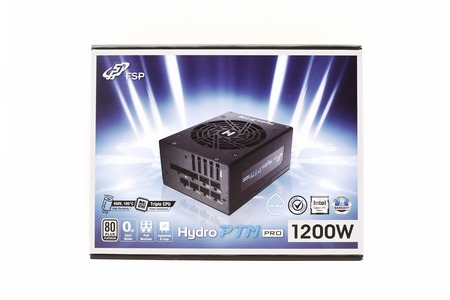
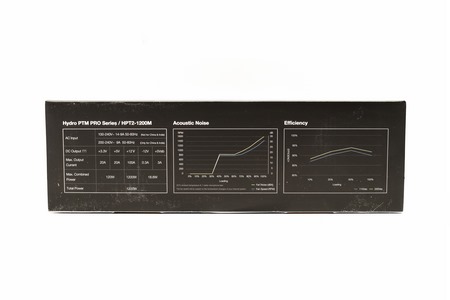
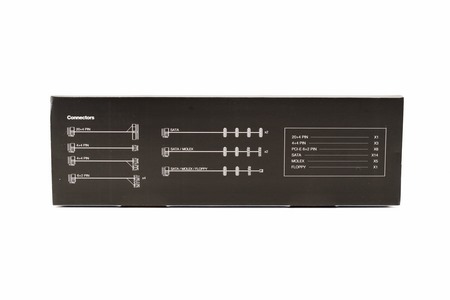
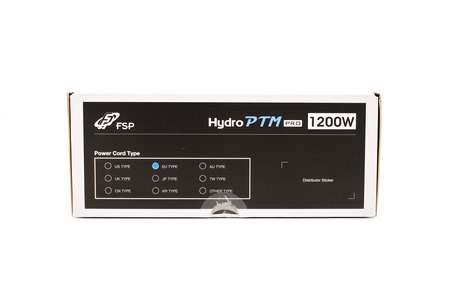
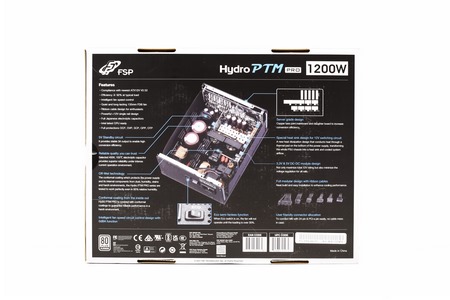
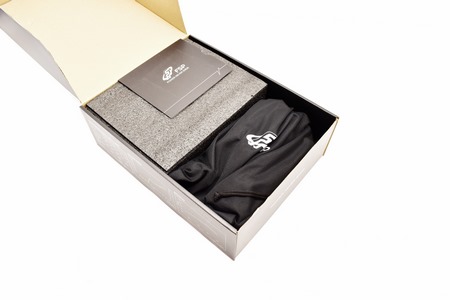
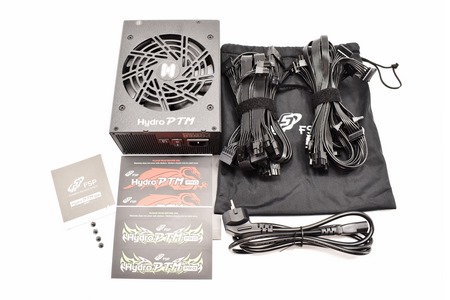
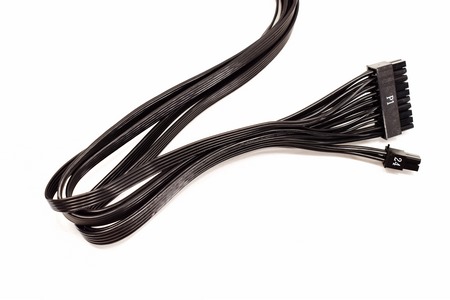
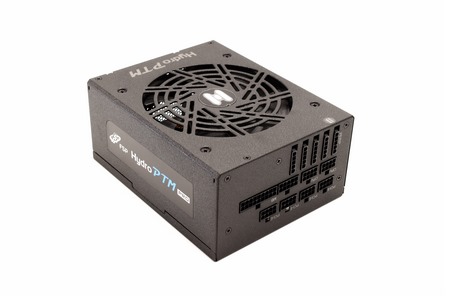
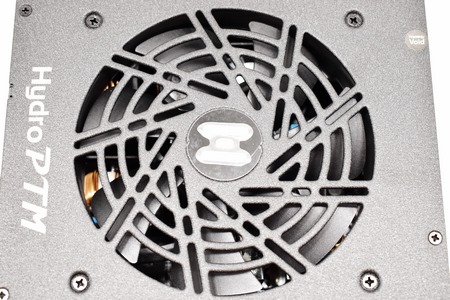
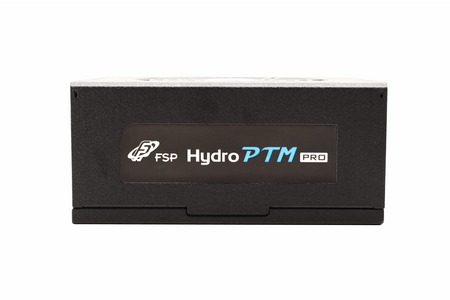
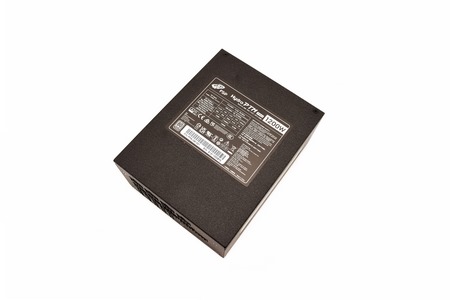
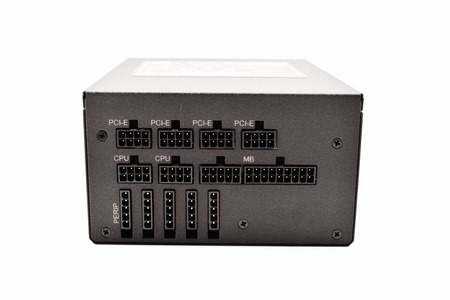
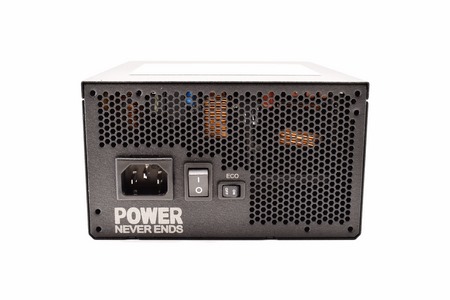
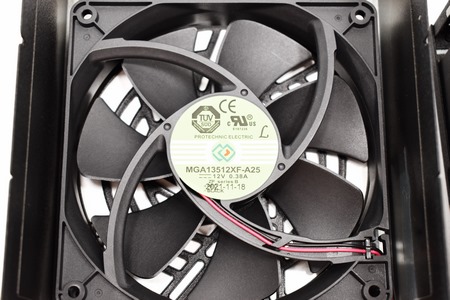
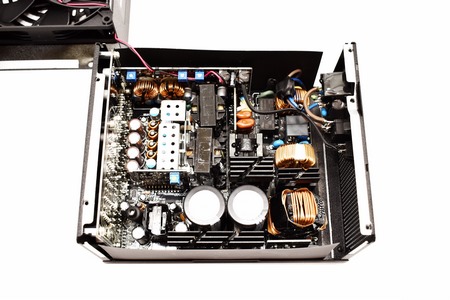
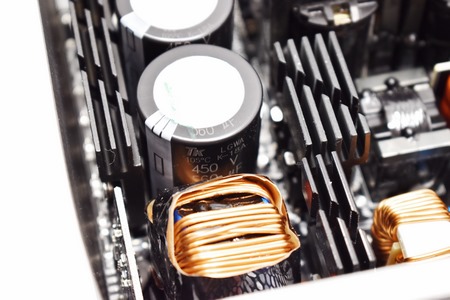
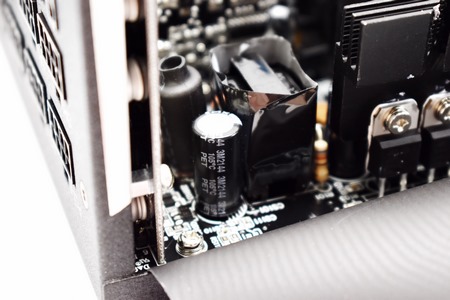
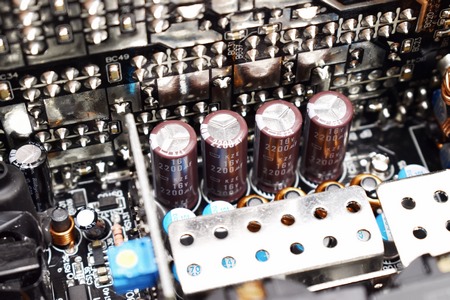


.png)

